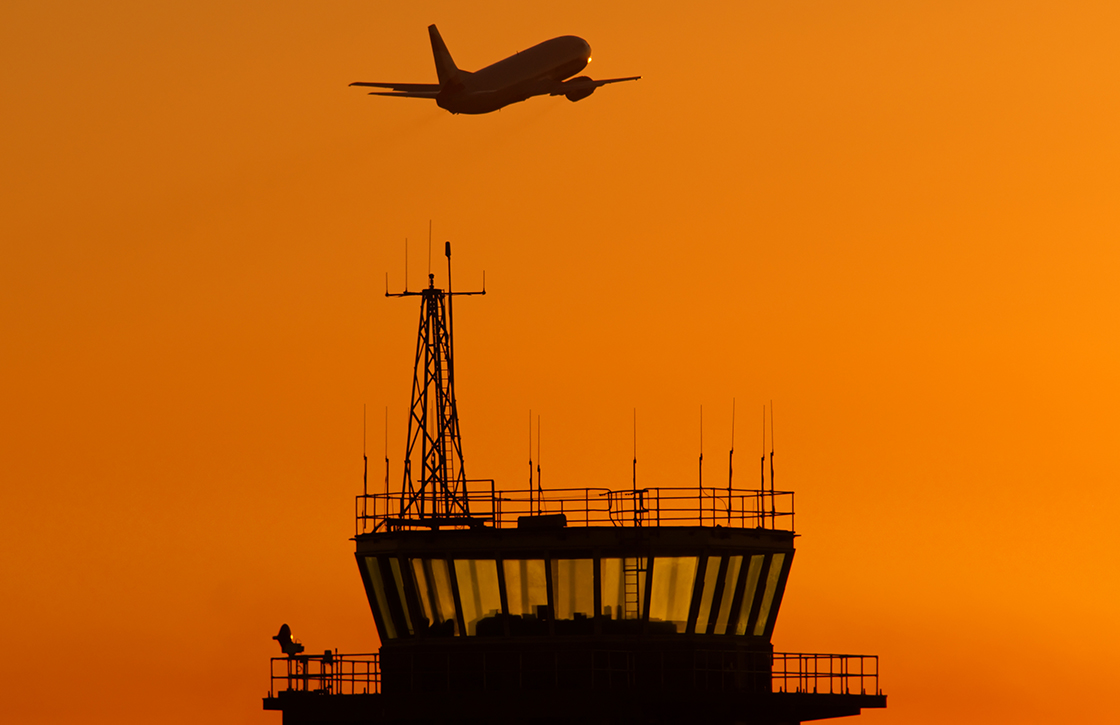Single European Sky Advanced Research (SESAR)
The SESAR (Single European Sky Adanced Research) programme is the technological pillar of the EU’s Single European Sky policy and a key enabler of the EU Aviation Strategy. SESAR defines, develops and deploys technologies to transform air traffic management in Europe.
In December 2021, the European Commission launched the new SESAR 3 JU (Joint Undertaking) company co-funded by the European Union through the Horizon Europe research and innovation programme and industry. The first Administrative Board of SESAR 3 JU took place on the 14th of December in Brussels.
SESAR 3 JU objectives have been harmonised with other relevant European initiatives, such as the European Green Deal with the objective of climate neutrality by 2050, the European Smart Mobility Strategy and the Europe Fit for the Digital Age.
SESAR 3 JU builds on the work and achievements of earlier SESAR research and innovation programmes (SESAR 1 and SESAR 2020), but seeks to accelerate the market uptake of innovative solutions through a portfolio of demonstrators and a fast-track mechanism. The programme is designed as an innovation pipeline, made up of exploratory research, industrial research and validation and Digital Sky Demonstrators, where ideas are transformed into tangible solutions. These are underpinned by an innovation and market uptake fast-track to get things moving.
The SESAR 3 JU brings together the EU, Eurocontrol, and more than 50 organisations covering the entire aviation value chain, from airports, airspace users of all categories, air navigation service providers, drone operators and service providers, the manufacturing industry and scientific community.
The new partnership is bigger and broader, reflecting a growing aviation/air traffic management industry and the diversity of stakeholders active within it. The partnership is a catalyst for speeding up the transition towards a green, climate neutral and digital Europe, and for making European industry more resilient and competitive. This public-private partnership is strongly linked to policy and regulation through an institutional partnership and offers the best means to coordinate all the stakeholders, pooling the critical mass of resources and expertise needed to deliver the Digital European Sky.
The SESAR 3 JU will address the following research lines:
- Connected and automated ATM
- Air-ground integration and autonomy
- Capacity-on-demand and dynamic airspace
- U-space and urban air mobility
- Virtualisation and cyber-secure data sharing
- Multimodality and passenger experience
- Aviation green deal
- Artificial intelligence (AI) for aviation
- Civil/military interoperability and coordination
Leonardo in SESAR
Leonardo joined the SESAR programme in 2007, deciding to take part in this initiative and contribute to building up the “Single European Sky”, to become a key player in future ATM. Today, Leonardo is among the top industry key players participating in the new SESAR 3 JU partnership.
Currently, the company is involved with 13 active projects in the SESAR research and innovation programme (waves 2 and 3), also through the participation of its subsidiaries Telespazio, Telespazio Vega, Leonardo Germany GmbH and e-GEOS, as Linked Third Parties.
Leonardo is developing technological enablers for both ground and air domains in terms of products and services for managing the current and future ATM and assuring air platforms the capability to safely operate in the upcoming Single European Sky.
In particular, Leonardo is coordinator of PJ13-W2 ERICA (Enable RPAS Insertion in Controlled Airspace) and PJ14-W2 I-CNSS (Integrated Communication, Navigation and Surveillance System). PJ13-W2 ERICA aims to provide the basis for defining, developing and validating the key operational and technological enablers that are necessary to assure the proper insertion of RPAS into non-segregated airspace.
PJ14-W2 I-CNSS aims to specify and develop the future technologies coming from the Communication, Navigation and Surveillance domains, in order to support and manage the operational services in the future ATM system, as the 4D Trajectory Management.
The company is involved in the following main technological areas:
Ground
- Integration of the new entrants in current and future air traffic environment: addition of Remotely Piloted Aircraft Systems (RPAS) and ATM Uncrewed aircraft system Traffic Management (UTM) integration, within the framework of U-space.
- Architecture rationalisation: new paradigms based on resources virtualization to enhance the resilience of ATM systems and to simplify the data-link architecture (ADS-C common service).
- System Wide Information Management (SWIM) enabling the distribution of safety-critical information through a standardized European service infrastructure.
- Ergonomic and user centric Controller Working Position and Human Machine Interface.
- Surface management (A-SMGCS) solutions in partnership with ANSP.
- Use of Artificial Intelligence to improve Separation Management and Monitoring Tools.
- Advanced Techniques to reduce controllers’ workload such as Automatic Speech Recognition.
- Integrating the new SESAR pre-industrial functionalities in an advanced simulation environment.
Air
- Definition, development and validation of technical and operational solutions for integrating in the current and future airspace the following categories of vehicles:
- Regional aircraft
- Military aircraft, with the aim of assuring the coexistence of military/civil aircraft
- Helicopters: the company contributes to the introduction of future Helicopters, equipped with the most advanced full glass cockpit avionics and increased operational performance, into the new European Sky ATM architecture, based on the enhancement of CNS (Communication/Navigation/Surveillance) capabilities.
- Uncrewed: Leonardo took part in some precursor projects with its Sky-X and Sky-Y RPAS aimed at defining the key enablers for the insertion of RPAS into non–segregated airspace.


